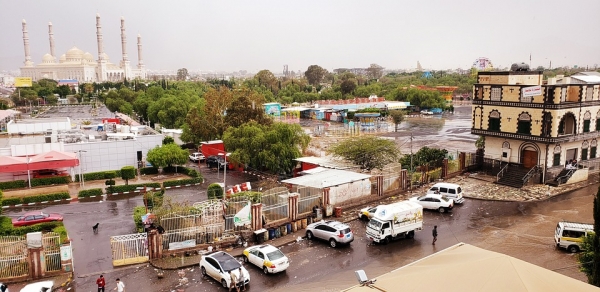The present report, which covers the period from 1 January 2019 to 31 December 2020, was submitted by the Secretary-General of United Nations (UN) pursuant to Security Council resolution 1612 (2005) and subsequent resolutions on children and armed conflict. It is the third report about children affected by armed conflict in Yemen. It contains information on the six grave violations committed against children by parties to the conflict in Yemen in the period from 1 January 2019 to 31 December 2020 and it provides recommendations to end and prevent grave violations against children in Yemen and improve their protection.
The report states that conflict continued unabated across Yemen and fighting intensified especially in the governorates of Jawf, Ma’rib, Sana’a, Ta‘izz, Hudaydah, Bayda’, Abyan and Sa‘dah. The territorial control exercised by various parties to the conflict kept adjusting during the reporting period. For that reason, the Yemeni armed forces continued to be deployed in various locations across Yemen, including in the northern part of the country. The country’s border with Saudi Arabia was the scene of frequent unrest, mostly in the form of cross-border shelling, sporadic ground clashes and air strikes. Tensions spiked in the second quarter of 2019, but then receded by the end of 2019. Despite several declarations of truce, hostilities among the parties continued intermittently and in the same way the number of grave violations against children.
During the reporting period, the country task force on monitoring and reporting verified 8,526 grave violations against 3,503 children. Within the current reporting period, the number of grave violations significantly increased from 4,105 violations affecting 2,162 children in 2019 to 4,421 violations affecting 1,341 children in 2020. Denial of humanitarian access was the most verified violation (4,881 instances), followed by killing and maiming (2,612) and recruitment and use (861).
The country task force verified 4,881 incidents of denial of humanitarian access, with an increase of 2,000 cases from 2019 to 2020. While that significant increase could partly be the result of capacity-building initiatives to reinforce the monitoring of the violation, it also signified a severe deterioration in the operating environment for humanitarian actors in Yemen. Among these incidents, 60 per cent involved restrictions of movement within the country, 28 per cent corresponded to the interference in the implementation of humanitarian activities and 9 per cent was the violence affecting humanitarian personnel, assets and facilities. A further 152 incidents (3 per cent) were related to movement restrictions imposed on humanitarian organizations, personnel or goods being brought into Yemen.
Moreover, a total of 2,612 children were killed (678) or maimed (1,934) during the reporting period. Mortar and artillery shelling, often in built-up residential areas, caused the largest amount of child casualties (32 per cent), while ground fighting, some of which involved sniper fire and the firing of small arms, was the second main cause of child casualties, affecting 24 per cent of children. The rest of casualties were mainly determined by mine and explosive weapons, airstrikes and other aerial attacks. Another source of violation remained the recruitment of children, whose key drivers were Poverty, unemployment and limited access to education, vocational training and livelihood opportunities: children decided to join parties to the conflict to provide financial support to their families and to follow their peers or relatives affiliated to armed groups. The recruitment contributed to increase their probabilities of being subjected to human rights violations in war.
The Secretary-General of the UN expressed his concern regarding the increase in the number of violations perpetrated towards children and attacks conducted against the main social services, such as hospitals and schools. He encouraged all parties to the conflict to collaborate with the country task force to develop standard operating procedures, which will guide the release of children from their ranks and their handover to civilian child protection actors.
To read more, please visit:
https://reliefweb.int/sites/reliefweb.int/files/resources/S_2021_761_E.pdf







